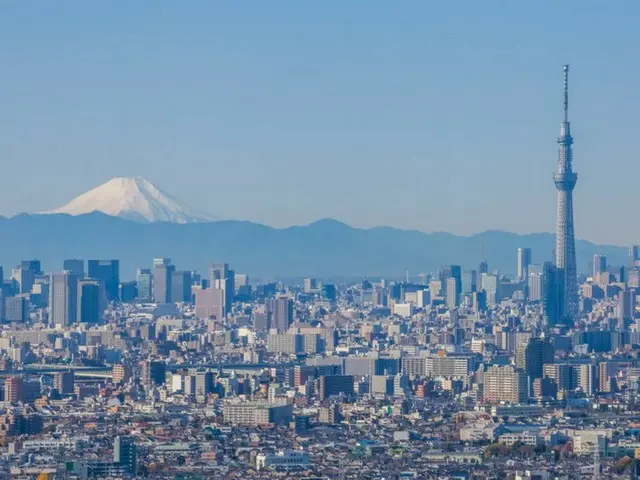The number of visitors reached a record high for the second consecutive month, surpassing the previous record high of 3,135,600 in June. This is the first time the number of visitors reached 3 million in March of this year.
After exceeding the 3 million mark, it has remained at the 3 million mark for four months. As the yen continues to weaken, the number of charter flights from nearby countries such as Korea and Taiwan to various cities in Japan has increased, which has also been a positive factor.
The number of tourists visiting Japan continues to increase, with the cumulative number of visitors from January to July exceeding 20 million. Due to the increase in tourists, the proportion of consumption by tourists in the Japanese economy has also increased.
According to the TO, the total spending by tourists visiting Japan from January to June was 3.907 trillion yen. In comparison with the main export items for the same period in the Ministry of Finance's trade statistics, semiconductors and other electronic parts (2.8395 trillion yen) were the largest.
The Nikkei analyzed that the increase in consumption was partly supported by the weak yen and rising prices. Takayuki Miyajima, a strategist at Sony Financial Group, said the contribution of the increase in consumption from January to June was as follows:
The analysis compared factors such as the number of visitors to Japan, increases in unit prices, and fluctuations in exchange rates and prices before and after COVID-19, and found that spending in the first six months of this year was up 49% compared to the same period in 2019.
Of this, 26 percentage points, half, was driven by the depreciation of the yen against other currencies. Japan's domestic consumer price inflation rate also rose by 9 percentage points.
The positive effect was less than 40% of the increase. In the foreign exchange market, the dollar-to-yen exchange rate averaged 155 yen per dollar in April-June, down from an average of 109 yen in the same period in 2019 before COVID-19.
The increase was larger than in the yen range. Due to the strength of the dollar, the average consumption expenditure of American visitors to Japan in April to June was 360,000 yen, a sharp increase of 90% compared to the same period in 2019. The average length of stay increased by 1.6 nights.
However, as the yen has recently started to appreciate, some are of the opinion that the increase in tourist spending is not as large as it was before.
This is because the Bank of Japan indicated its willingness to raise interest rates further, causing the dollar-to-yen exchange rate to temporarily fall to around 145 yen, resulting in a rise in the value of the yen.
Miyajima said, "When the yen is strong, there is a possibility that per capita consumption will decrease," and "tourism, which attracts the wealthy, will become a major issue.
"We need wisdom and effort to increase spending, such as by exploring new resources and improving transportation networks," he said. The Nihon Keizai Shimbun reported that "the situation surrounding tourists visiting Japan is one of labor shortages in the tourism and accommodation industries,
"Fuel shortages at regional airports and the concentration of tourists in major tourist destinations such as Kyoto have also come to light," he said. "In order to increase spending, we need to solve the problems we are currently facing."
Both are essential," he said.
2024/08/21 21:31 KST
Copyrights(C) Edaily wowkorea.jp 78

